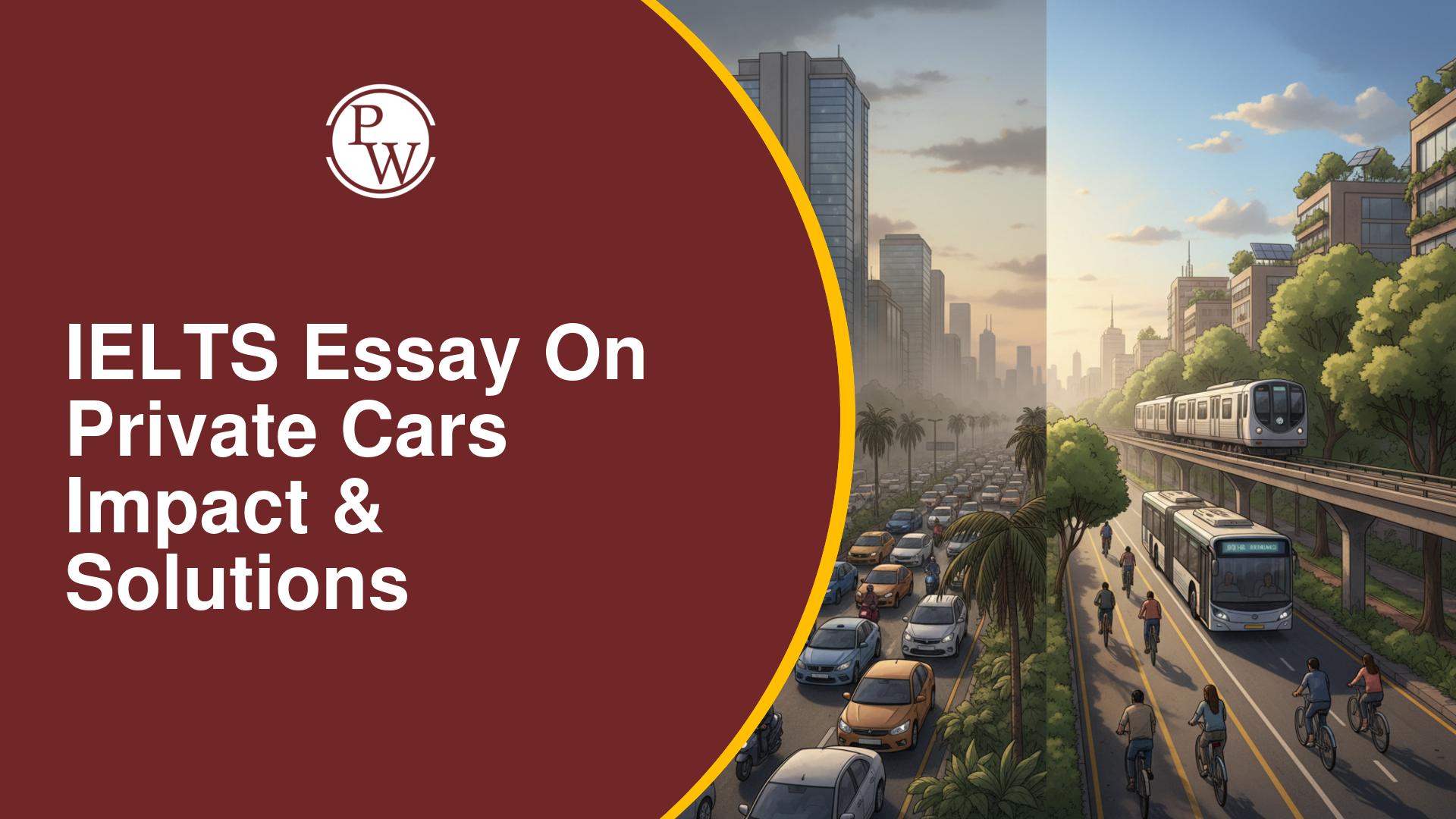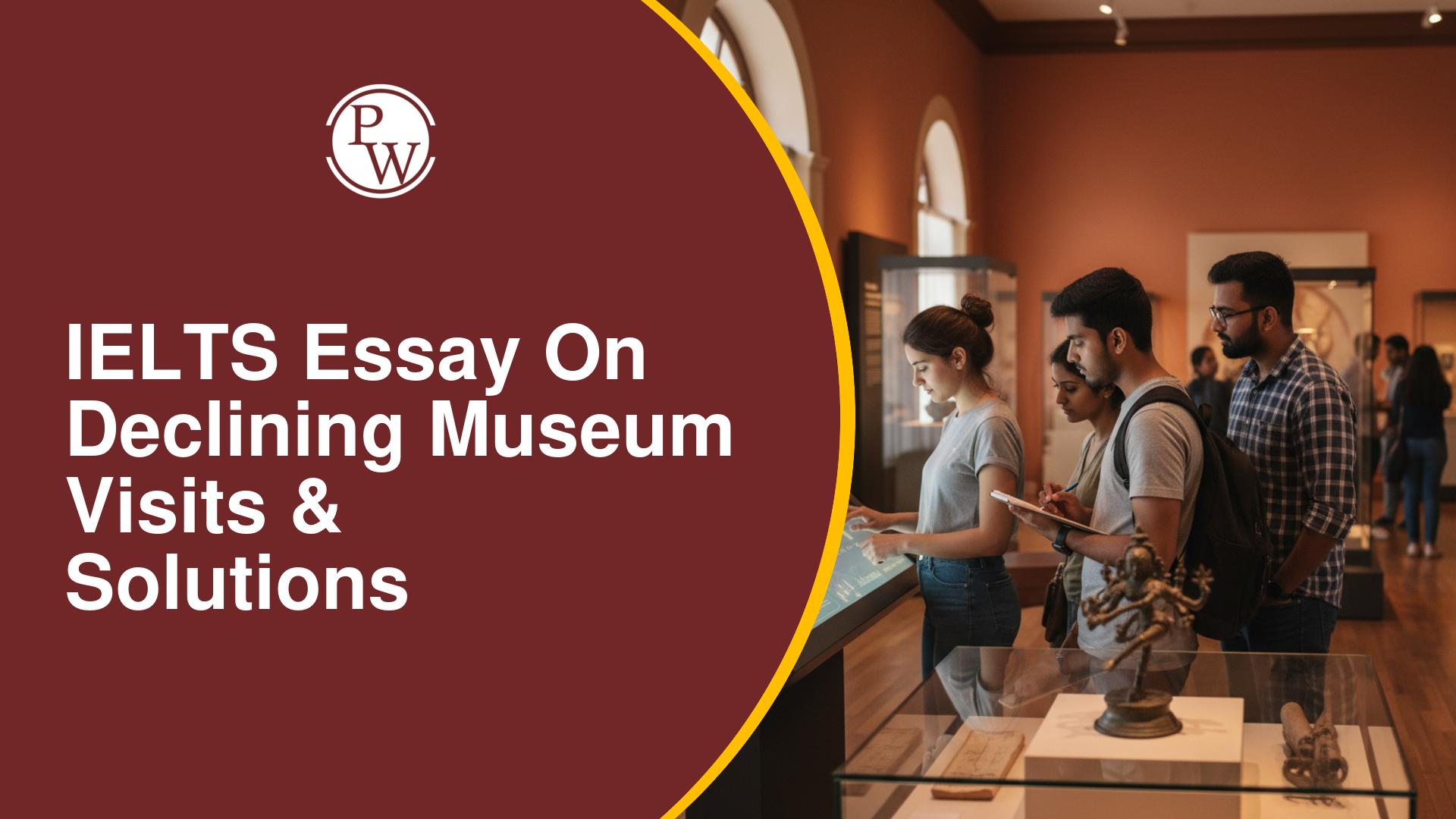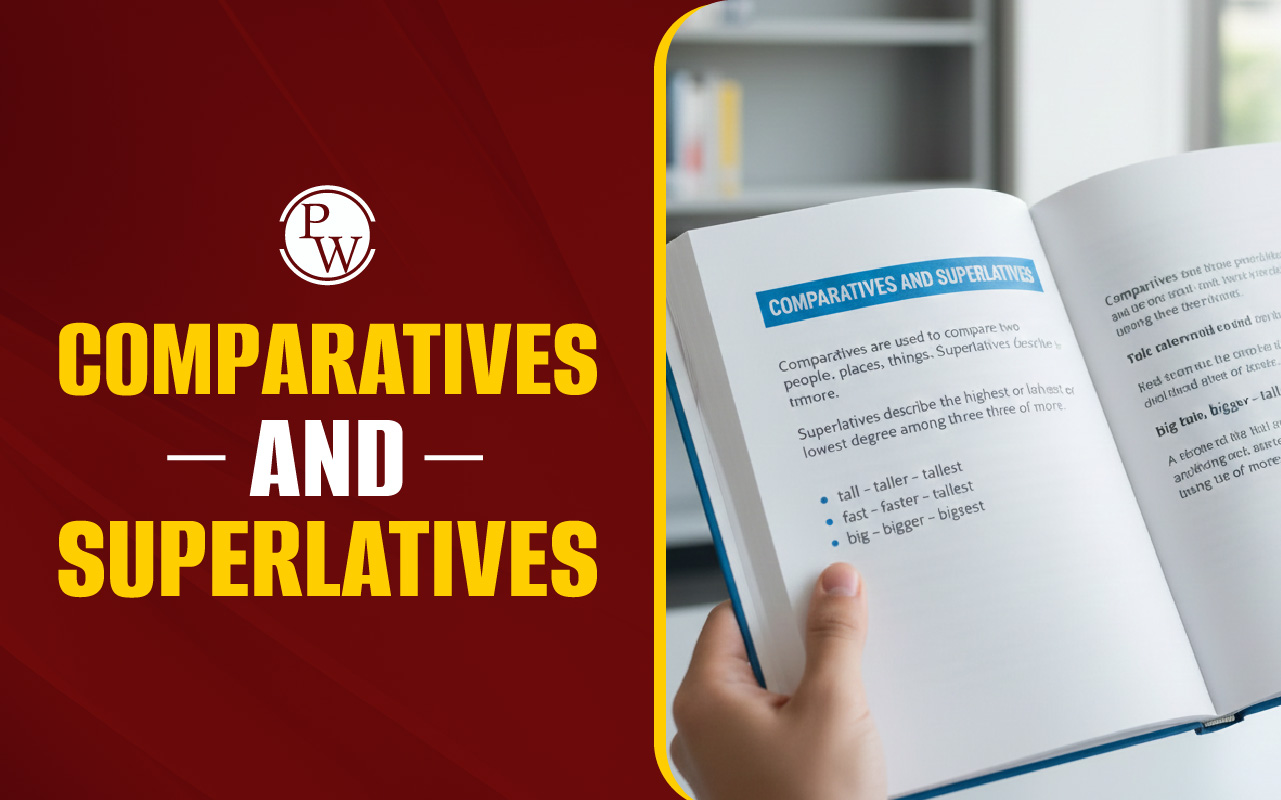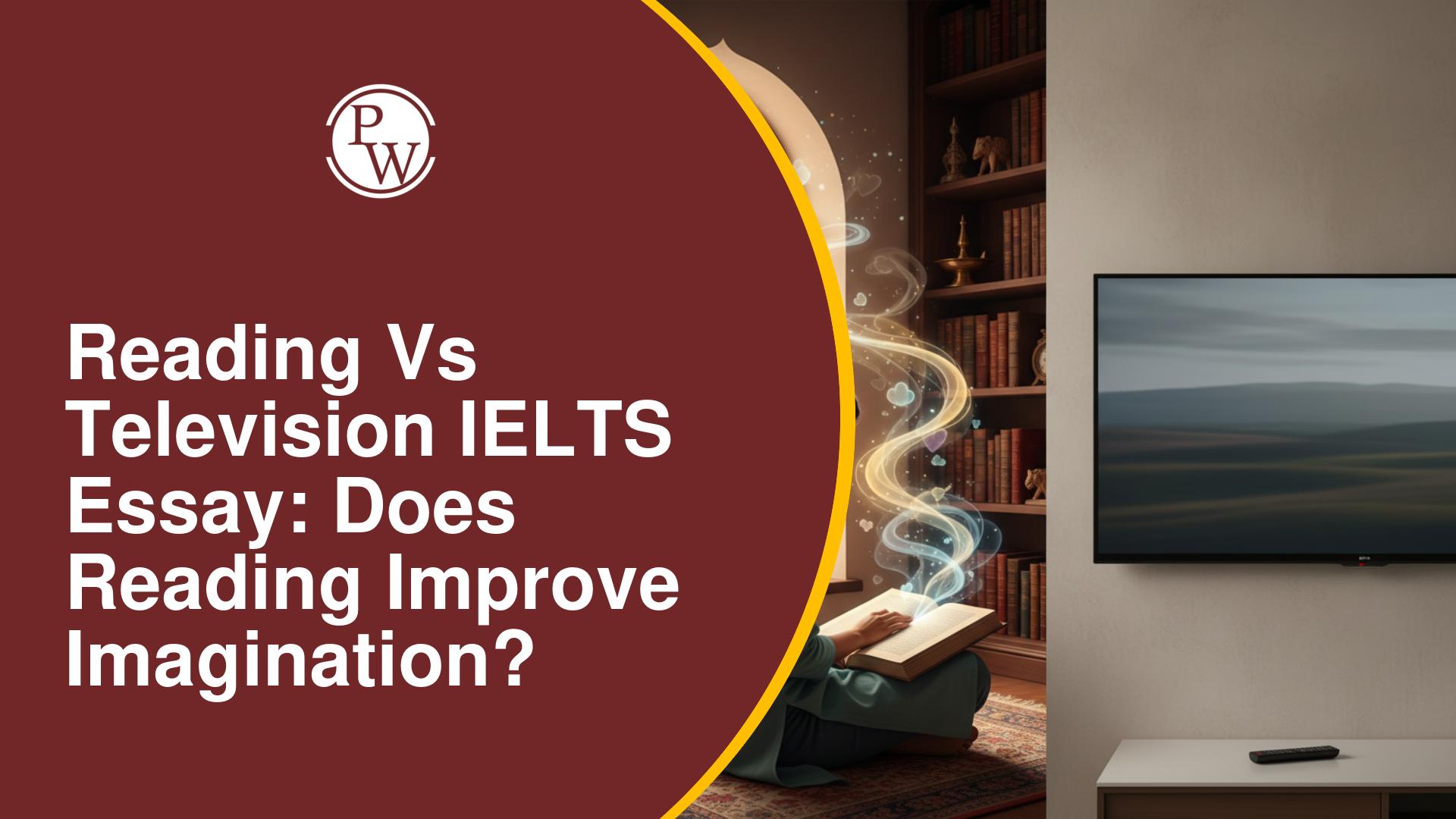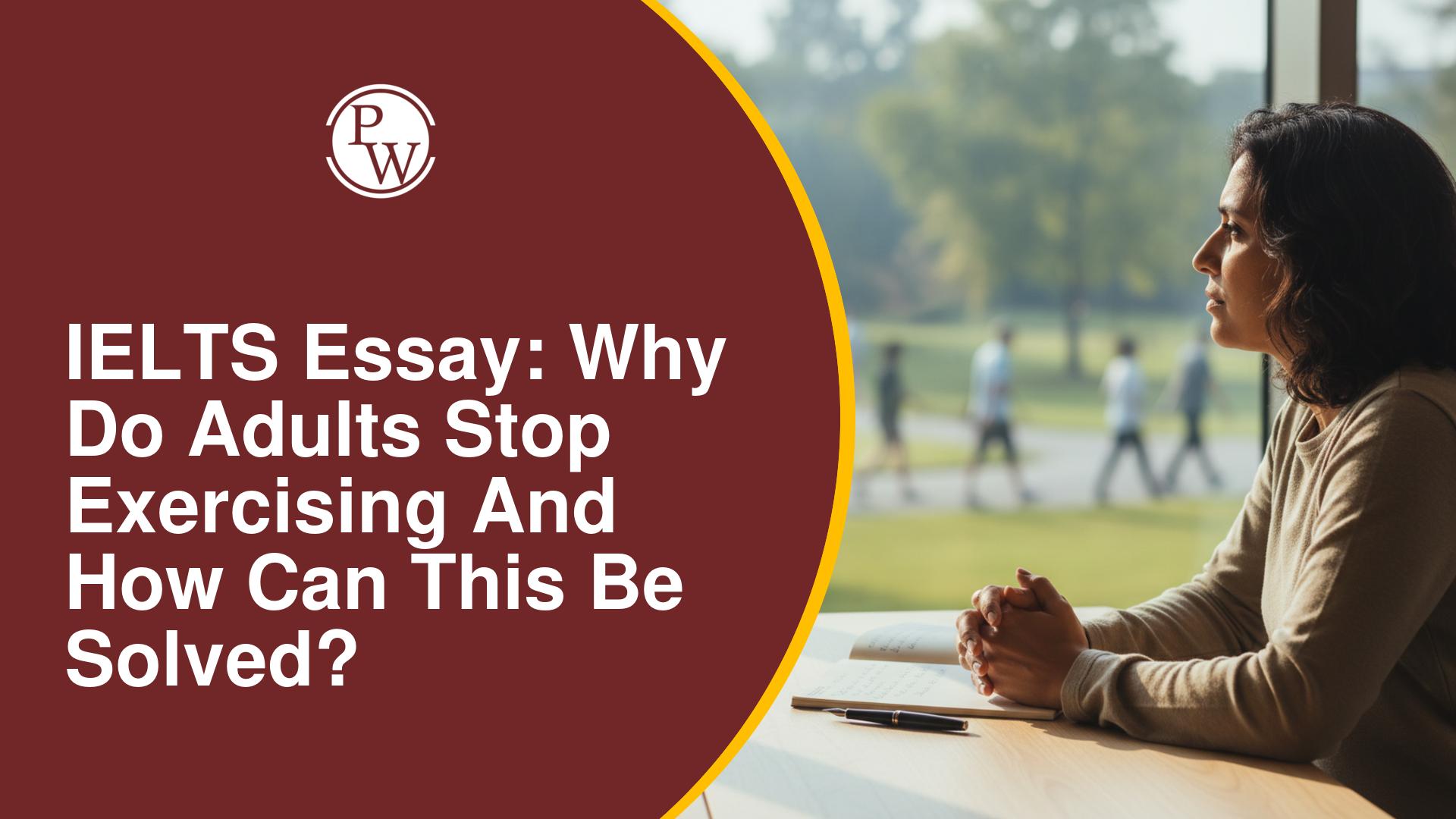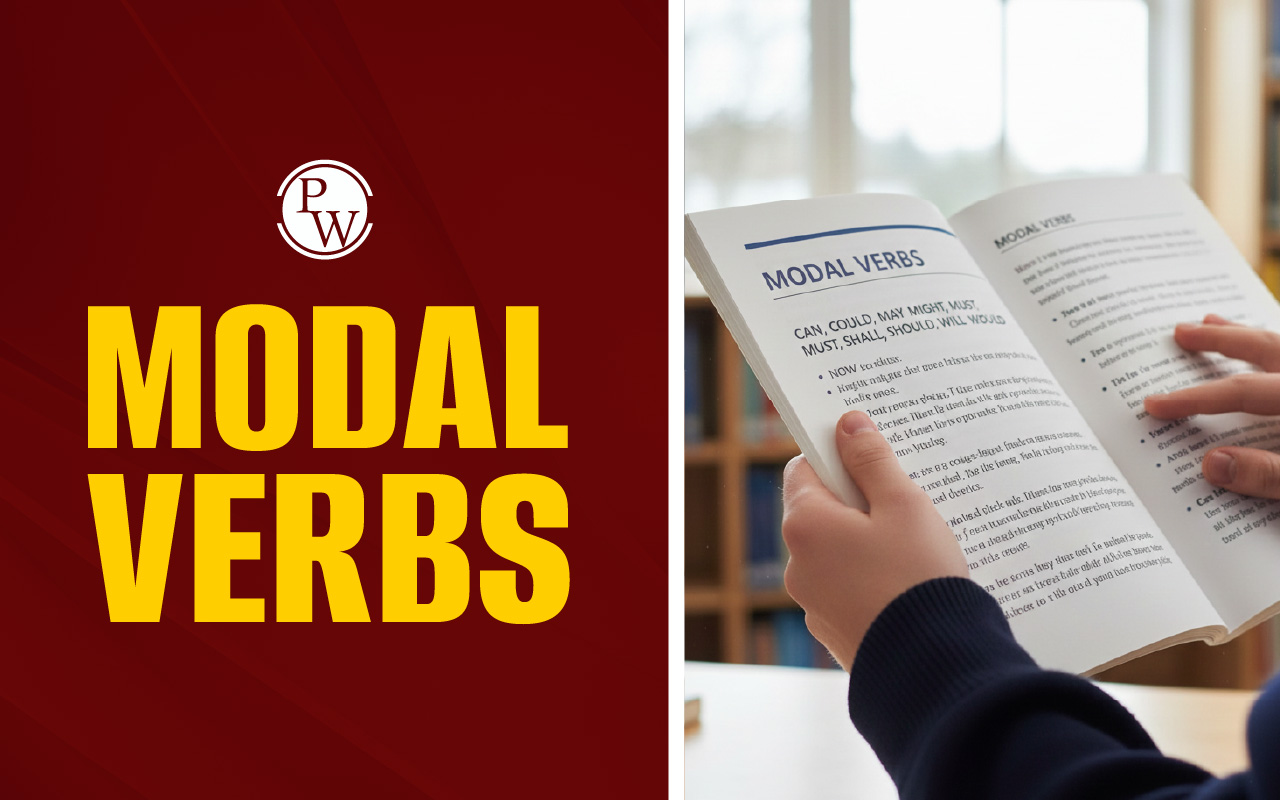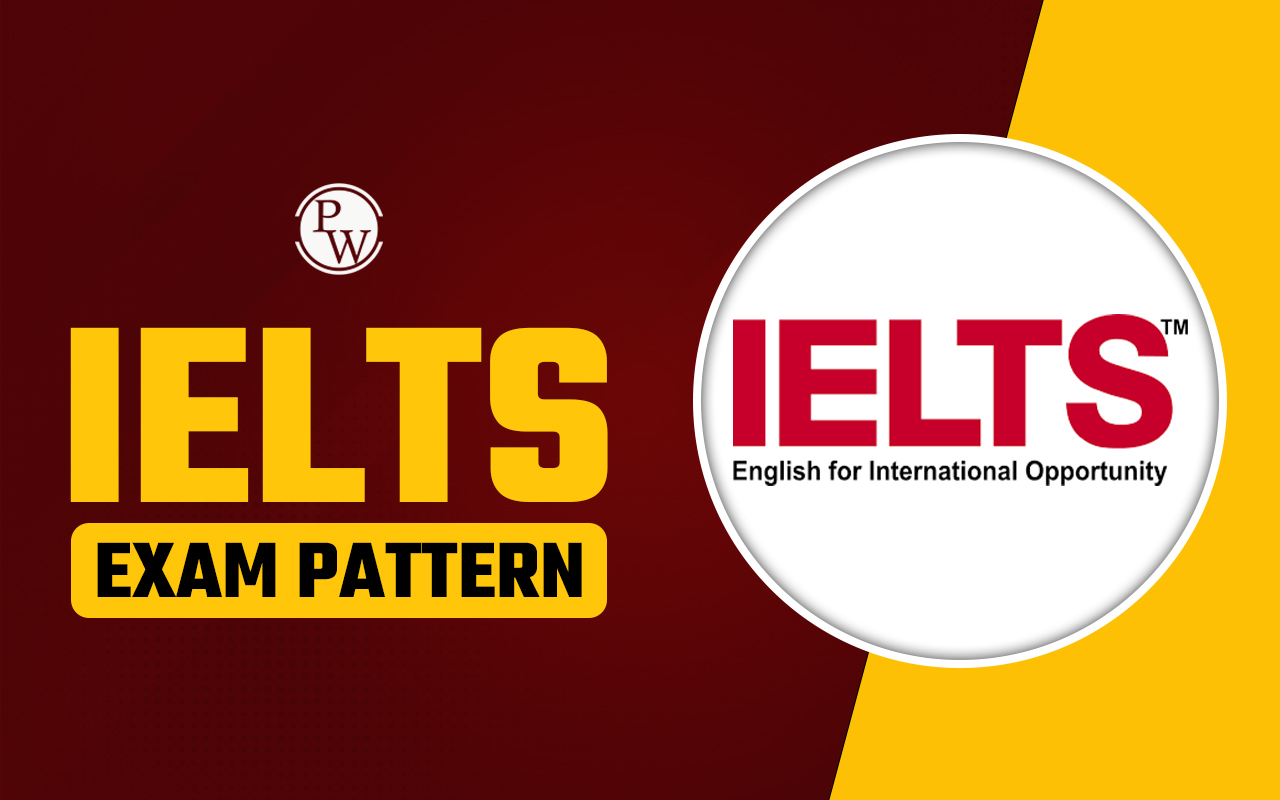
Hybrid Solar Lighting Reading Answers: Every year, the IELTS exam features reading passages that test a candidate’s ability to grasp key ideas, locate specific details, and interpret technical concepts. Since IELTS reading topics often repeat, practicing Hybrid Solar Lighting IELTS Reading Answers can help aspirants improve their reading skills and boost their overall band score.
The Hybrid Solar Lighting IELTS Reading passage consists of 13 questions, including diagram completion, summary completion, and short-answer questions. This guide provides a sample reading passage, detailed answers, and strategies to help candidates effectively approach different question types in the IELTS Reading module.
Hybrid Solar Lighting Reading Answers Passage
You should spend about 20 minutes on Questions l-13, which are based on Reading Passage 1 below.
Hybrid Solar Lighting Reading Passage
Paragraph A: A hybrid solar lighting system collects sunlight on a rooftop and directs it into a building via optical fibres. It runs on a 9-volt battery, and the energy savings, worker productivity, and health benefits are enormous.
Paragraph B: A room lit entirely by fluorescence has an unnatural orange hue. Changing the lighting to be 80 percent solar and 20 percent fluorescent improves the ambiance significantly. It is expected that hybrid solar lighting will reduce the majority of shops' energy costs by 60%, and retailers have been among the first to adopt the new technology due to the health benefits of natural lighting. According to studies, 20% of employees exposed to artificial light experience depression from Seasonal Affective Disorder symptoms (SAD). Furthermore, retailers with natural lighting sold 40% more merchandise than those with artificial lighting. According to research, biological rhythms and circadian rhythms are the key to having successful and productive employees. The introduction of natural light aids in the regulation of these biological processes.
Paragraph C: A solar collector made up of a 1.2 metre parabolic primary mirror concentrates light onto a secondary mirror with a unique multilayer coating that reflects only visible wavelengths, effectively removing ultraviolet and infrared wavelengths from the reflected light. This is necessary for reducing heat in the fibre optics, which would otherwise melt. The secondary mirror concentrates visible light onto a receiver module, where it is homogenised to ensure homogeneity before entering the fibre optic cable, which then illuminates the structure's interior. In contrast to fluorescent lights, which require electricity, the hybrid solar system requires only one 9-volt battery to power the solar tracking system for one week.
Paragraph D: It is estimated that 30% of the electricity consumed in the United States is used solely for lighting, and this figure rises to 45% for retailers. Obviously, if sunlight could be brought indoors, this figure could be drastically reduced. It is expected that hybrid solar lighting will not only save millions of dollars in energy costs, but will also be appealing due to its near-identical quality to daylight.
Paragraph E: It was developed initially by the US Department of Energy's Oak Ridge National Laboratory and licensed to Sunlight Direct. It has already been used in a wide range of buildings in the United States, including universities, museums, department stores, and other specialised facilities. According to preliminary findings, replacing fluorescent lighting with hybrid solar can increase retail sales by up to 40%. Furthermore, undergraduates' attention spans and academic achievement improve significantly in classrooms or lecture halls lit by hybrid solar. The technique is expected to become economically viable for both residential and commercial buildings in the near future.
Paragraph F: Other scientists are so intrigued by the technology that they are looking into different applications, such as using UV light energy to heat water. However, there is one limitation to the technology: while plastic optical fibres are inexpensive, they have low transmittance and only extend about 15 metres from the solar collector. This is why solar hybrid lighting is now concentrated primarily on a structure's top and main floors.
Paragraph G: The potential savings in electricity and carbon dioxide emissions are significant. The units are designed to last twenty years, and as sales volume increases, the price should fall significantly. Individual households may have to wait a while before they can enjoy hybrid solar lighting, but in the meantime, there is a significant benefit in making natural and human-friendly environments for work and education.
Paragraph H: Two motors are controlled by a GPS (global positioning system) microprocessor beneath the solar tracker mechanism. This pinpoints the sun's exact position (based on latitude, longitude, date, and time) to one degree accuracy. The light that has accumulated shines brightly. Two of these fibres produce the same amount of light as a 60-watt light bulb, and a single bundle contains 127 fibres. What if the weather is threatening?
Paragraph I: This is where hybrids enter the picture. By combining natural light with artificial light from fluorescent or incandescent lamps, the lighting fixtures create a hybrid luminaire. A photosensor in the room monitors the lighting intensity and makes automatic adjustments to keep the illumination constant.
| IELTS Exam Important Links | |
|---|---|
| IELTS Reading Band Score | IELTS Listening Band Score |
| IELTS Speaking Band Score | IELTS Writing Band Score |
Hybrid Solar Lighting Reading Answers Sample Questions
Questions 1-5: Complete the Diagram Below
Choose NO MORE THAN TWO WORDS from the passage for each answer.
-
Sunlight is collected on a _______ and directed into the building.
-
The _______ removes ultraviolet and infrared wavelengths from the light.
-
The secondary mirror focuses the light onto the _______ module.
-
The light is then transmitted through a _______ cable.
-
The system requires only a small _______ to power the solar tracking mechanism.
Questions 6-10: Fill in the Blanks
Choose NO MORE THAN TWO WORDS from the passage for each answer.
-
Hybrid solar lighting helps regulate biological and _______ rhythms.
-
Employees working under artificial lights often suffer from _______.
-
_______ has been one of the first sectors to adopt hybrid solar lighting.
-
The lighting system’s lifetime is estimated to be _______ years.
-
GPS technology enables the system to track the sun with an accuracy of _______ degree.
Questions 11-13: Complete the Summary
Choose NO MORE THAN TWO WORDS from the passage for each answer.
Hybrid solar lighting combines natural sunlight with _______ light to maintain consistent indoor brightness. The system has already been installed in various buildings, including _______ and department stores. Although it is not yet widely used in homes, researchers believe it will become _______ for both commercial and residential use in the future.
Hybrid Solar Lighting Reading Answers with Explanations
-
Rooftop
-
Location: Paragraph A
-
Reference: "A hybrid solar lighting system collects sunlight on a rooftop and directs it into a building via optical fibres."
-
Explanation: The passage states that sunlight is collected on the rooftop, which is the correct answer.
-
Secondary Mirror
-
Location: Paragraph C
-
Reference: "A solar collector made up of a 1.2 metre parabolic primary mirror concentrates light onto a secondary mirror with a unique multilayer coating that reflects only visible wavelengths."
-
Explanation: The secondary mirror filters out ultraviolet and infrared wavelengths to ensure only visible light is transmitted.
-
Receiver
-
Location: Paragraph C
-
Reference: "The secondary mirror concentrates visible light onto a receiver module, where it is homogenised to ensure homogeneity before entering the fibre optic cable."
-
Explanation: The receiver module is responsible for collecting the concentrated light before passing it to the fibre optic cable.
-
Fibre Optic
-
Location: Paragraph C
-
Reference: "...before entering the fibre optic cable, which then illuminates the structure's interior."
-
Explanation: The fibre optic cable transmits the concentrated light into the building.
-
9-volt Battery
-
Location: Paragraph C
-
Reference: "The hybrid solar system requires only one 9-volt battery to power the solar tracking system for one week."
-
Explanation: The system operates with a small 9-volt battery, making it the correct answer.
-
Circadian
-
Location: Paragraph B
-
Reference: "According to research, biological rhythms and circadian rhythms are the key to having successful and productive employees."
-
Explanation: The passage explains that circadian rhythms play a role in employee productivity, making it the correct answer.
-
Seasonal Affective Disorder
-
Location: Paragraph B
-
Reference: "According to studies, 20% of employees exposed to artificial light experience depression from Seasonal Affective Disorder symptoms (SAD)."
-
Explanation: The passage states that artificial light exposure can lead to SAD, which affects employees' mental health.
-
Retailers
-
Location: Paragraph B
-
Reference: "Retailers have been among the first to adopt the new technology due to the health benefits of natural lighting."
-
Explanation: Retailers are mentioned as early adopters of hybrid solar lighting because of its advantages.
-
Twenty
-
Location: Paragraph G
-
Reference: "The units are designed to last twenty years."
-
Explanation: The passage states that hybrid solar lighting systems are designed to last for twenty years, making it the correct answer.
-
One
-
-
Location: Paragraph H
-
Reference: "This pinpoints the sun's exact position (based on latitude, longitude, date, and time) to one degree accuracy."
-
Explanation: The GPS microprocessor ensures precise solar tracking with one-degree accuracy.
-
-
Artificial
-
-
Location: Paragraph I
-
Reference: "By combining natural light with artificial light from fluorescent or incandescent lamps, the lighting fixtures create a hybrid luminaire."
-
Explanation: Hybrid solar lighting integrates artificial light with natural light to maintain indoor illumination.
-
-
Universities
-
-
Location: Paragraph E
-
Reference: "It has already been used in a wide range of buildings in the United States, including universities, museums, department stores, and other specialised facilities."
-
Explanation: Universities are listed as one of the buildings using hybrid solar lighting.
-
-
Economically Viable
-
-
Location: Paragraph E
-
Reference: "The technique is expected to become economically viable for both residential and commercial buildings in the near future."
-
Explanation: The passage states that hybrid solar lighting will become an affordable option for commercial and residential buildings.
-
Also Read:
- Should You Use All Capital Letters in the IELTS Listening and Reading Tests
- IELTS Reading Mistakes
- How to Improve IELTS Reading Score
- How to Manage Time in IELTS Reading
Guidance of PW IELTS
Physics Wallah offers multiple online IELTS courses for all students. Follow the IELTS pages to better prepare for the exam.
| What is IELTS Exam? | Documents Required for IELTS Registration |
| IELTS exam eligibility requirements | IELTS Exam Fees |
| IELTS test results | IELTS Exam Pattern |
Hybrid Solar Lighting Reading Answers FAQs
What is hybrid solar lighting?
How does hybrid solar lighting improve productivity?
What are the key components of a hybrid solar lighting system?
How long does a hybrid solar lighting system last?
Where has hybrid solar lighting been implemented?

